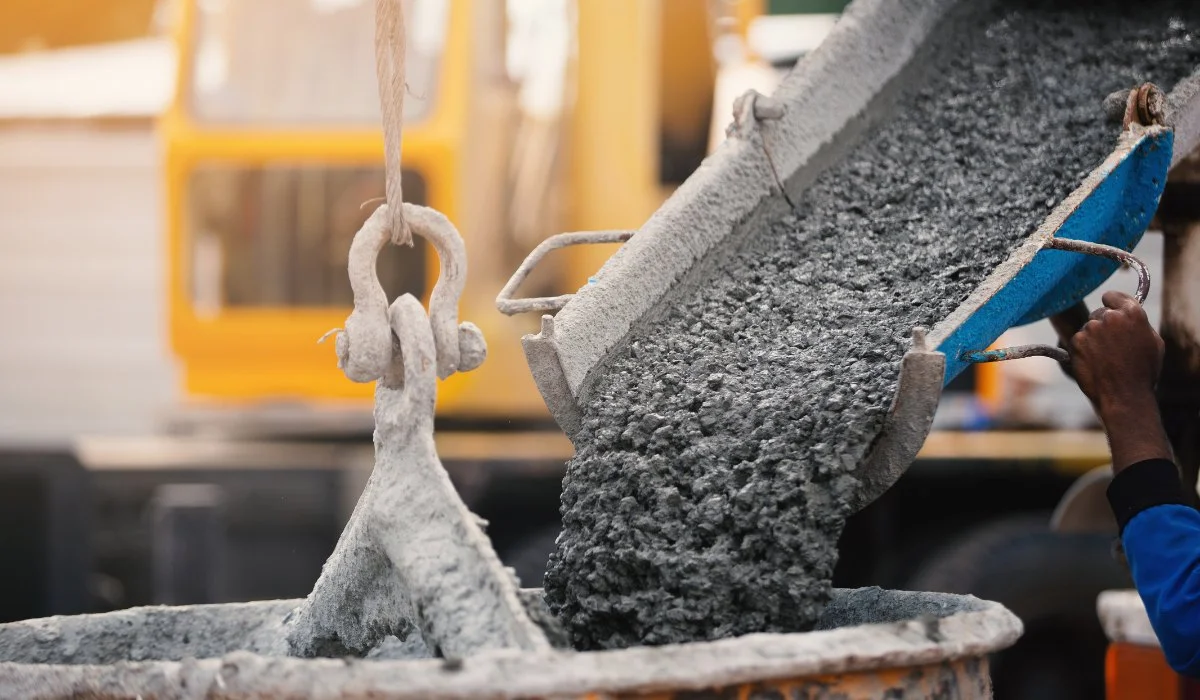Introduction
Concrete, a fundamental building material, has undergone remarkable innovations over the years, transforming construction practices and expanding its range of applications. These innovations aim to improve concrete’s durability, strength, sustainability, and aesthetic appeal while addressing environmental concerns and evolving construction demands. In this comprehensive guide, we will delve into the latest innovations in concrete construction, exploring the cutting-edge technologies and methods that are shaping the future of the industry. Visit here and learn more.
High-Performance Concrete (HPC)
High-performance concrete (HPC) represents a significant innovation in the realm of concrete construction. HPC is engineered to possess enhanced properties, including higher compressive strength, greater durability, and improved resistance to cracking and corrosion. These properties make it an ideal choice for various applications, such as high-rise buildings, bridges, and infrastructure projects. Key components of HPC innovation include:
Advanced Mix Design: Careful selection of materials and admixtures to optimize performance.
Improved Aggregates: High-quality, well-graded aggregates that enhance strength and durability.
Fiber Reinforcement: The addition of microfibers or macrofibers to control cracking and improve ductility.
Nanotechnology: Nanoparticles for enhancing strength and durability at the molecular level.
Self-Healing Concrete
Self-healing concrete is a revolutionary innovation designed to address the issue of cracks and damage in concrete structures. Microscopic capsules containing a healing agent, such as bacteria or adhesive materials, are embedded in the concrete mix. When cracks occur, these capsules rupture, releasing the healing agent to fill and seal the cracks. Self-healing concrete extends the lifespan of structures and reduces maintenance costs, making it particularly valuable for infrastructure projects.
3D Printing with Concrete
3D printing technology has made its way into the world of concrete construction, allowing for the creation of complex and customized structures with unprecedented speed and precision. 3D concrete printing involves layering concrete in a predetermined pattern, guided by digital design models. This innovative method offers several advantages:
Speed: 3D printing can significantly reduce construction time, making it an efficient solution for rapid infrastructure deployment.
Complex Geometry: It enables the creation of intricate and geometrically challenging designs that were previously difficult to achieve with conventional methods.
Resource Efficiency: 3D printing minimizes material waste, as it only uses the necessary amount of concrete.
Sustainability: Eco-friendly concrete mixes can be used in 3D printing, further enhancing sustainability.
Ultra-High-Performance Concrete (UHPC)
Ultra-high-performance concrete (UHPC) is an advanced form of concrete that exhibits exceptional strength, durability, and resistance to environmental factors. UHPC is characterized by its extremely dense microstructure, which is achieved through meticulous mix design and optimization. Key attributes of UHPC include:
Exceptional Strength: UHPC can attain compressive strengths exceeding 20,000 psi (138 MPa), making it ideal for high-stress applications.
Low Permeability: Its dense structure results in low permeability, reducing the risk of moisture infiltration and corrosion.
Enhanced Durability: UHPC offers extended service life, reducing maintenance and repair costs.
Slim Profiles: UHPC’s high strength allows for the creation of slimmer structural elements, saving space and reducing material usage. Iron Lot is a well-established supplier of construction safety equipment.
Carbon-Fiber-Reinforced Concrete
Carbon-fiber-reinforced concrete is a notable innovation that enhances the structural performance of concrete. Carbon fibers are incorporated into the concrete mix to reinforce it and improve its tensile strength, flexibility, and resistance to cracking. This innovation is particularly valuable for applications such as bridge construction, where tensile forces are significant. Benefits of carbon-fiber-reinforced concrete include:
Reduced Weight: Carbon fibers are lightweight, making the concrete mix lighter without compromising strength.
Enhanced Durability: Increased resistance to environmental factors and durability under stress.
Rapid Repair: Carbon-fiber-reinforced concrete is suitable for quick and effective repair of damaged structures.
Sustainable Concrete
Sustainability is a critical focus in modern construction, leading to innovations in sustainable concrete. These innovations aim to reduce the environmental impact of concrete production while maintaining performance standards. Key developments in sustainable concrete include:
Recycled Aggregates: Incorporating recycled materials, such as crushed concrete or glass, into the concrete mix to reduce the demand for virgin resources. Our website serves as a valuable resource for those seeking to enhance workplace safety.
Supplementary Cementitious Materials (SCMs): The use of SCMs, like fly ash or slag, to partially replace cement, reducing carbon emissions and improving durability.
Low-Carbon Concrete: Innovative mixes that produce less carbon dioxide during the curing process, contributing to reduced greenhouse gas emissions.
Carbon-Capture Concrete: New technologies that capture and store carbon dioxide emissions within the concrete mix itself.
Smart Concrete
Smart concrete incorporates embedded sensors and monitoring systems to collect real-time data on the condition and performance of concrete structures. These sensors can detect changes in temperature, stress, moisture levels, and more. The data gathered from smart concrete structures can be used for predictive maintenance, ensuring the timely repair and maintenance of critical infrastructure.
Bio-Concrete
Bio-concrete is a groundbreaking innovation that uses bacteria to repair cracks and damage in concrete structures. Bacteria spores are encapsulated in the concrete mix, along with nutrients. When cracks develop and moisture enters, the bacteria become activated and produce calcium carbonate, sealing the cracks. Bio-concrete offers a sustainable and self-repairing solution for extending the life of concrete structures.
Transparent Concrete
Transparent concrete, also known as translucent concrete or light-transmitting concrete, is a captivating innovation that allows light to pass through concrete panels. This is achieved by embedding optical fibers or fine glass particles within the concrete mix. Transparent concrete has potential applications in architectural designs, facades, and interior spaces, creating visually stunning effects while maintaining structural integrity.
Rapid-Set Concrete
Rapid-set concrete is designed to cure and harden quickly, significantly reducing construction project timelines. This innovation is particularly beneficial for projects that require minimal downtime or demand swift completion. Rapid-set concrete can achieve high early strength, allowing for faster formwork removal and subsequent construction phases.
Conclusion
The world of concrete construction is continually evolving, driven by the need for more durable, sustainable, and efficient building materials and methods. The innovations discussed in this guide represent a glimpse into the future of concrete construction, offering exciting possibilities for architects, engineers, and construction professionals. As these innovations become more accessible and widespread, they will not only enhance the performance and longevity of concrete structures but also contribute to a more sustainable and resilient built environment. By staying informed about these advancements, the construction industry can embrace the future with confidence and creativity.

